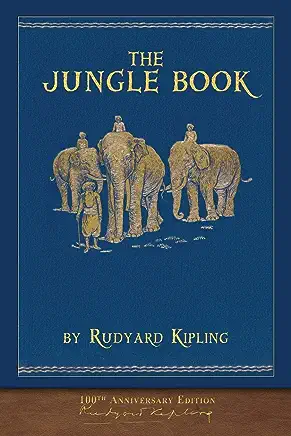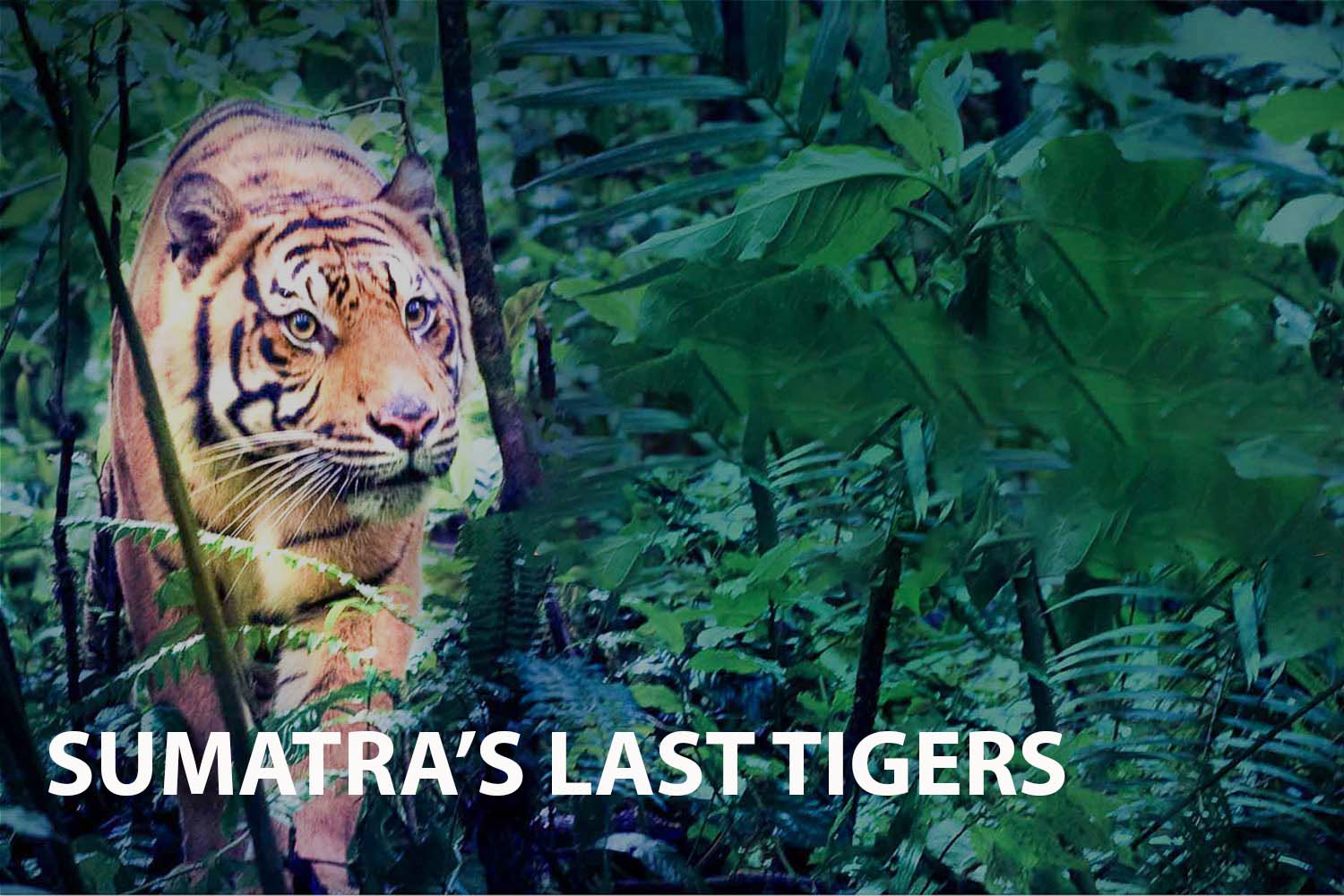Keywords: Endangered Species, Sumatra's Tigers, Deforestation, Habitat Loss, Conservation Efforts, Wildlife Documentary. Three words: Gritty, Heart-wrenching, Informative
Introduction
Sumatra's Last Tigers, a riveting documentary directed by Karishma Chanrai and released in 2010, delves into the harsh realities faced by the less than 400 Sumatran tigers left in the wild. The film explores the implications of habitat destruction and how it threatens the survival of these majestic beasts.
Synopsis
The documentary paints a grim picture of the dwindling numbers of Sumatran tigers, primarily caused by significant deforestation. Over 60% of Sumatra’s rainforest has disappeared in the last 25 years, leaving a biological desert. With their habitat and prey disappearing, these tigers are left with no choice but to encroach on human territories, leading to tragic encounters.
More Film Analysis
Analysis
Sumatra's Last Tigers takes a direct and unflinching look at the plight of these endangered animals. The in-depth research highlights the intersection of environmental, societal, and economic factors contributing to the current crisis, all portrayed through a compelling narrative.
Historical and Factual Context
The documentary provides an insightful historical context, illustrating how rapid deforestation due to logging and palm oil plantations has led to a significant reduction in the Sumatran tiger population.
Key themes in the film
- The impact of deforestation on wildlife
- The human-animal conflict as a result of habitat loss
- The urgent need for conservation efforts
Film Comparisons
Sumatra's Last Tigers shares thematic similarities with films like The Ivory Game and Virunga, focusing on the pressing need for wildlife conservation. However, it sets itself apart by specifically spotlighting the dire circumstances faced by the Sumatran tigers.
Noteworthy Moments
One significant revelation in the documentary is the discovery of how the destruction of their habitat and prey has forced these tigers to encroach on human territories, leading to unavoidable clashes.
Reviews
The documentary was well-received for its unflinching portrayal of the grim reality faced by the Sumatran tigers. Critics praised it for shedding light on a lesser-known conservation issue and igniting a sense of urgency amongst viewers.
Conclusion
Sumatra's Last Tigers is an important watch for anyone interested in wildlife conservation and environmental issues. It not only highlights the urgent need for action, but also underscores our shared responsibility in preserving our planet's biodiversity.
More film information:
FILM SUMMARY
- Genre: Documentary
PERSONALITIES
- Karishma Chanrai - Director
- Sumatran Tigers - The primary subjects of the documentary
LOCATIONS
- Sumatra - The primary location where the film was shot
Key Questions Raised by the Film:
- What are the main causes of the Sumatran tigers' dwindling numbers?
- How has the destruction of their habitat affected the behavior of these tigers?
- What can we do to help preserve the remaining Sumatran tigers?
Links for Further Exploration:
I wonder what the film would be in another art form



- If this film was a famous book, it would be "The Jungle Book" by Rudyard Kipling, due to its exploration of human-animal conflicts in a rapidly changing environment.
- If this film was a famous song, it would be "The Circle of Life" from The Lion King, for its emphasis on the balance of nature and the consequences when it's disrupted.
- If this film was a famous piece of art, it would be "Tiger in a Tropical Storm" by Henri Rousseau, capturing the raw power and vulnerability of these majestic creatures.
- If this film was a famous celebrity, it would be David Attenborough, renowned for his dedication to highlighting environmental issues.
- If this film was a color, it would be green, representing both the lush forests the tigers inhabit and the environmental themes it tackles.
- If this film was a music style, it would be classical music, for its ability to evoke strong emotions and tell a profound story without words.








